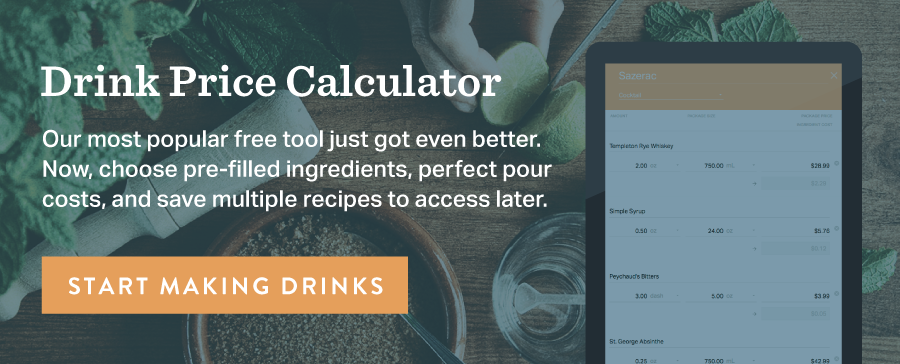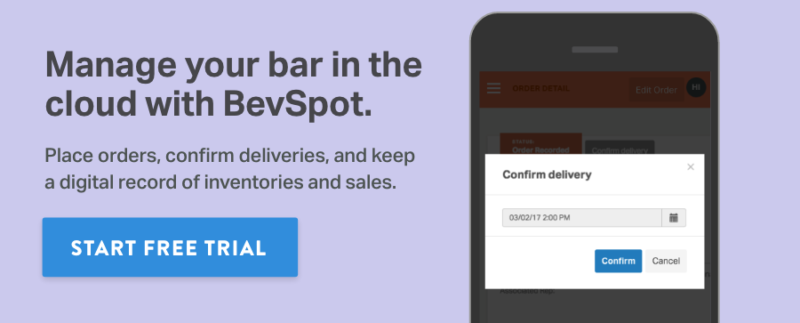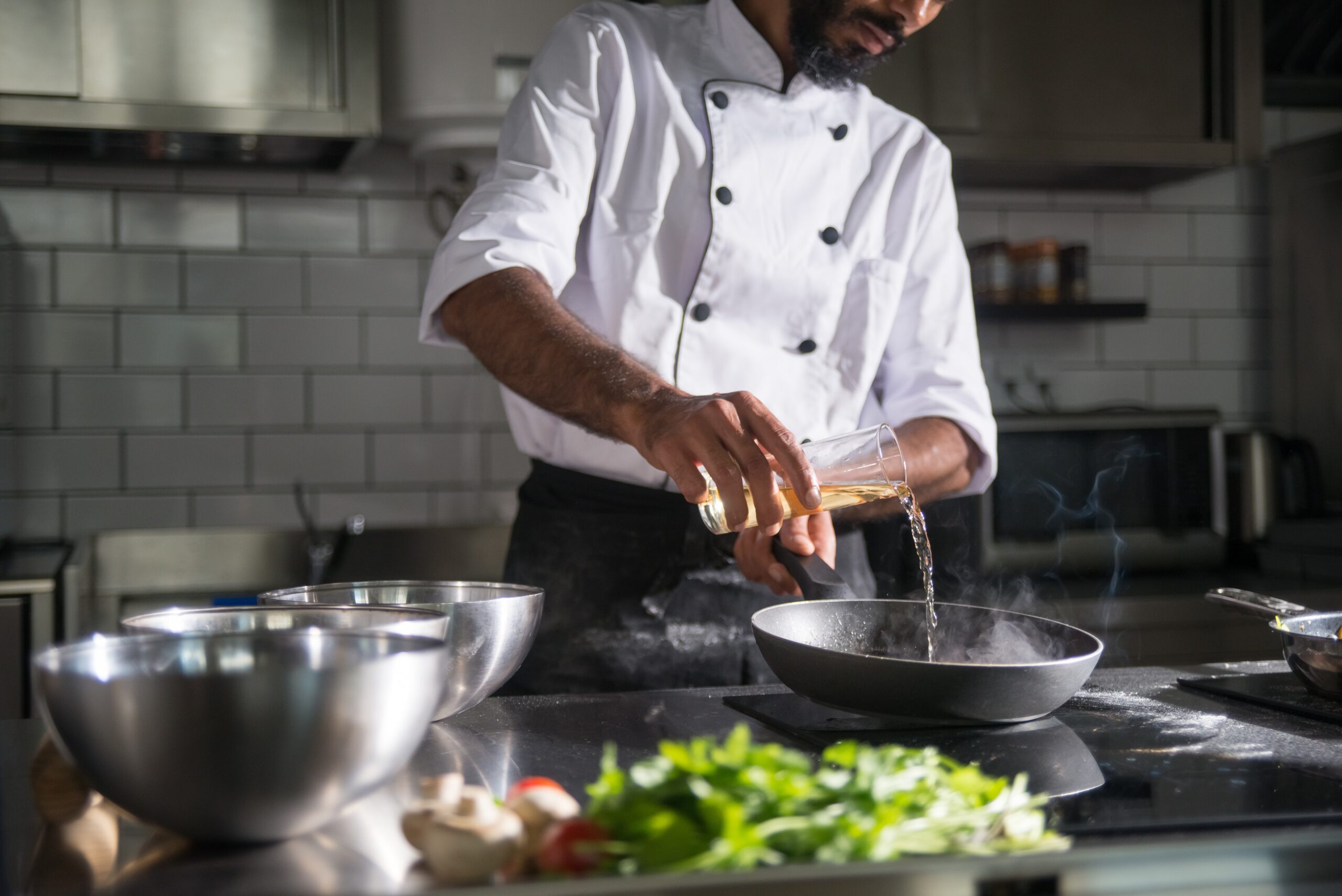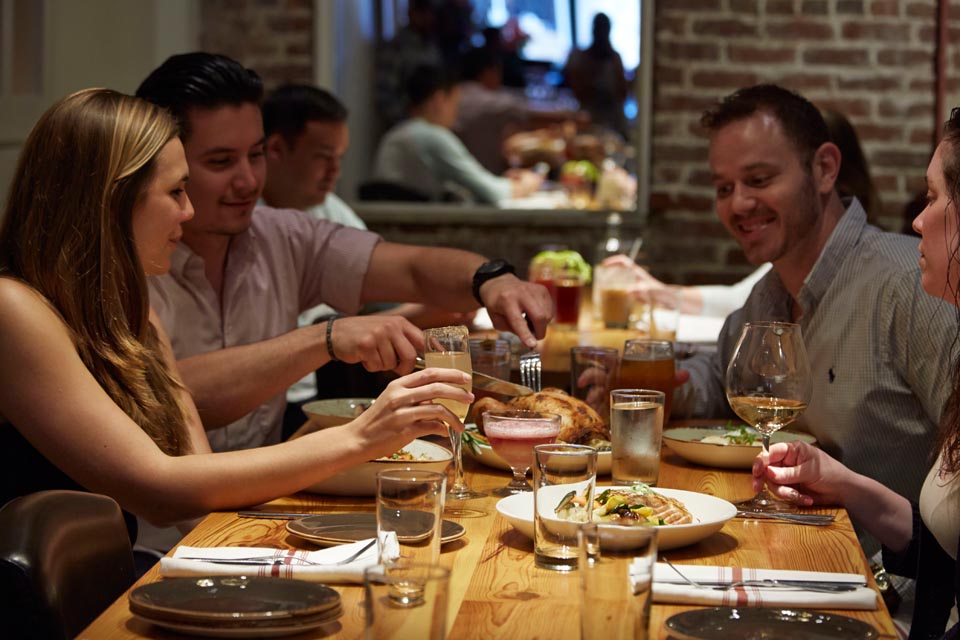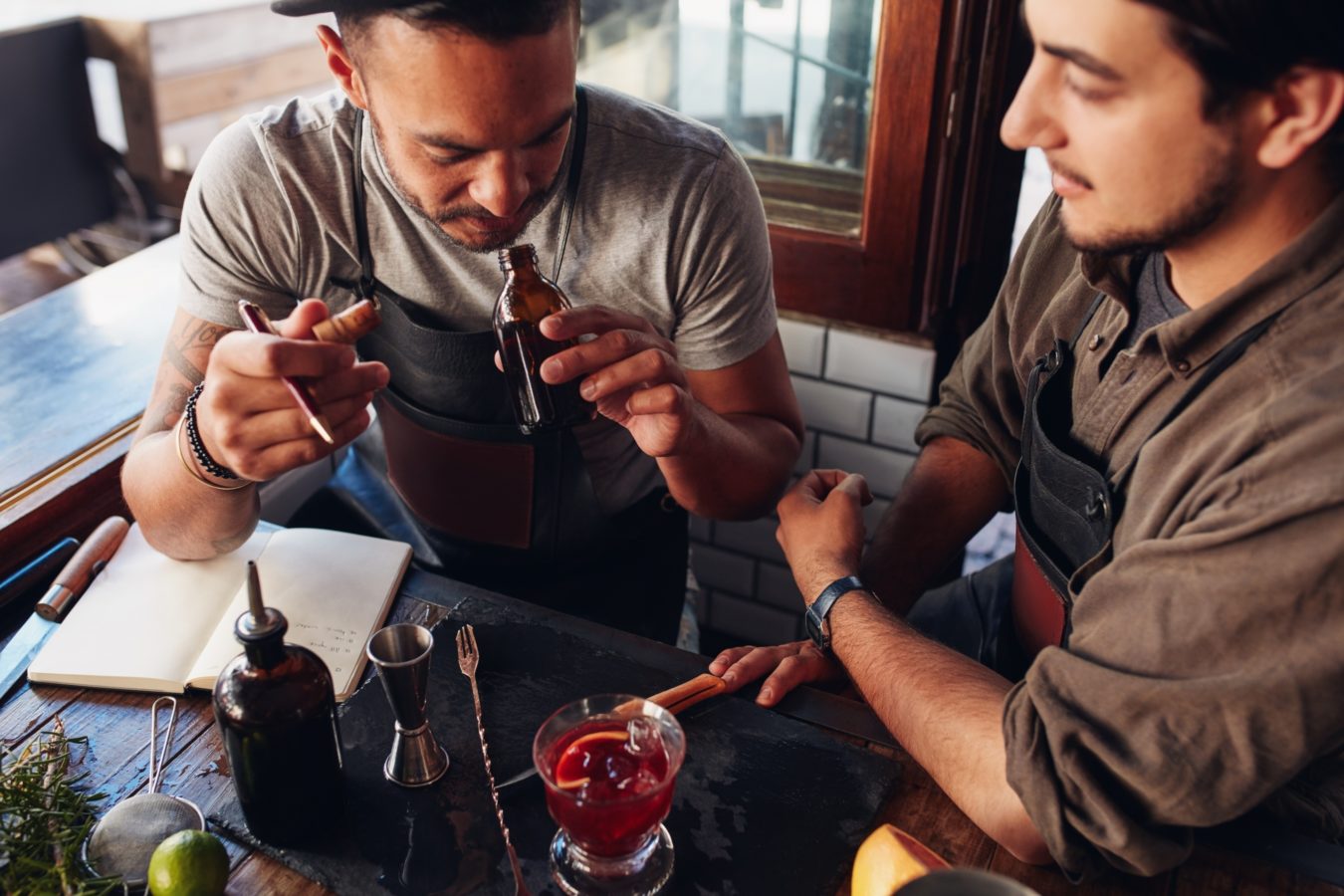February 10, 2016
Product
Calculating inventory usage is important to many different aspects of bar management. Setting pars is a great way to utilize inventory usage data. But an even more important calculation is your bar’s pour costs (often referred to as “percentages”).
How to Calculate Pour Cost
To calculate your pour cost, take your total inventory usage (or cost of goods sold) and divide it by your total sales:
Pour Costs =
Inventory Usage/Sales
*(Or for you business nerds out there, 1 – Gross Margin)
Controlling Pour Costs
Pour costs are an essential barometer for bar profitability, and since running a bar can be costly, controlling pour costs (meaning keeping them as low as possible) can account for the difference between a wildly successful bar and a failing one.
Consider the following scenario: Bar A and Bar B are located next door to one another. Both sell around $1M at the bar each year, but Bar A runs a 20% Pour Cost and Bar B runs a 30% Pour Cost. Bar A, on the exact same sales with roughly the same client base, will make $100,000 more in profits each year!
This may seem like an extreme example, but we regularly interact with bars on both ends of this spectrum.
Interpreting Pour Costs
So what’s the deal here? Why is Bar A making so much more money per year with the same products, location, and client base?
To figure this out, we not only need to be able to calculate pour costs, we need to interpret that calculation. Interpreting pour costs is one of the most misunderstood aspects in managing a bar—it seems difficult, confusing, and time consuming. But it doesn’t have to be when equipped with the proper tools.
A simplified breakdown can help in understanding the effects of pour costs, which are really only influenced by three factors: 1) drink costs 2) drink prices and 3) product loss.
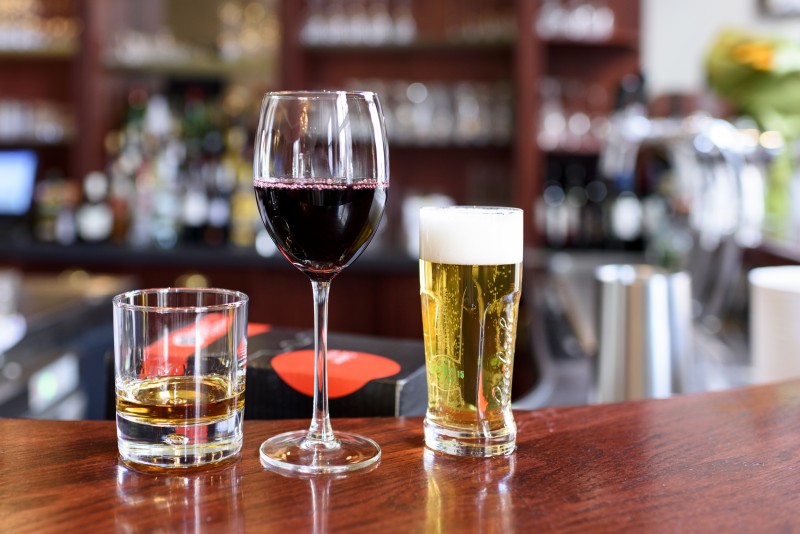
1) Drink Costs: How much you pay for your product directly influences your pour costs. When product costs increase, the prices you charge should increase as well, otherwise you’ll see your pour costs go up and your profit levels go down. By taking advantage of distributor discounts and deals on products, you can help keep your pour costs down, of course, let’s not forget about the risks of sitting inventory and shrinkage that come along with ordering in bulk discounts.
2) Drink Prices: What you charge for a drink is decided by a few different factors. Your bar’s location, client base and client preferences between beer, spirits, and wine will all ultimately influence the amount that you charge for a drink. Being very thoughtful about effectively pricing your drinks will help maximize your potential profit (and therefore minimize your pour costs).
3) Product Loss: The final influence of pour costs has to do with what you actually sold versus what you should have sold based on the amount of inventory used (otherwise known as inventory variance). In a perfect world, these numbers would line up almost exactly. In actuality, loss (or shrinkage) is an unavoidable obstacle that you need to account for. Over-pouring, broken bottles, spoiled product (for wines poured by the glass), giving away drinks to regulars/friends/staff, and theft are all common reasons that your sales don’t match up perfectly with your inventory.
Now for the big question: does your bar have a problem with drink prices or product loss? Stay tuned in our Bar Management 101 series and we’ll explore in more depth how to lower your pour costs!
